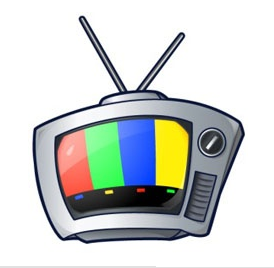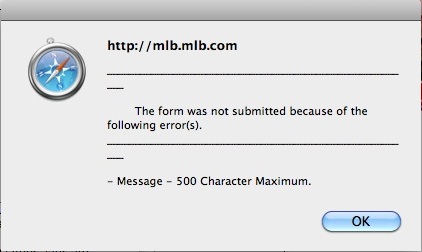Super Bowl Spots Get Social
What were your favorite Super Bowl ads? Mine were Coke’s Border Friends and Chrysler’s Imported from Detroit, but that’s just my personal taste. The more important question is what spots will we still remember in six months or a year? And how much can social media help a commercial hit that elusive sweet spot?
In other words, who’s this year’s Old Spice Man? Yes, most people forget that last year’s social media sensation actually started as a Super Bowl spot. And although it wouldn’t have grown without social media, it would have been much harder to get the ball rolling without an enormous jump start on Super Sunday. As a friend of mine (and one of the hosts of this blog) once said, “integrated campaigns rarely suck.”
Big Game, Huge Stakes
There really is no other way to match the Super Bowl’s audience, (111 million people), or its price tag ($3 million for 30 seconds). All eyes really are on its commercials. At least for a day. After that, they can simply fade away. And with more than 60 spots in play, it’s best to think of these ads as very expensive seeds that need plenty of nurturing to keep their buzz alive.
Often, the plan is to simply keep running them. Buy more time, keep them in front of viewers, and rely on the power of repetition to bring the message home. After all, unless you’re dealing with Apple’s legendary 1984 ad, you won’t get enough bang for your bucks by only running your spot once. And frankly, that ad ran plenty of times. Apple just didn’t have to pay for it. You see, that ad was really one of the first viral videos, re-run in TV stories, in people’s minds, and online more times than we can accurately count. In fact, just one of the many YouTube versions has more than 6 million hits.
Building Buzz
There are now many other ways to go viral, or at least get social. One of the oldest is sending your spot to TV stations and hoping to get some early momentum from their coverage. But now, spots are released directly to the public on dedicated websites, Facebook pages, and YouTube channels. That’s how Volkswagen got 13 million views for Little Darth Vader before the Super Bowl ever began. There’s even a cottage industry for building campaigns around ads that have supposedly been banned. Like all strategies, some are better conceived and executed than others, but they certainly showcase the importance of nurturing – before and after the game – these very expensive communication seeds.
And that brings us back to the Old Spice Guy. Wieden+Kennedy spent plenty of time and money creating the original ad, then brought it to life with an integrated campaign that still has a strong presence on Facebook and YouTube. Then they kicked off this year’s version of the campaign with an interactive contest that let a “super fan” reveal the new ad online ahead of time – an interesting twist, because they didn’t end up buying time in the game.
I realize there are concerns about conversion rate and ROI, but I think Old Spice is a winner from one simple perspective. Before last year’s game, few people knew Old Spice even sold a men’s body wash. Now it seems everybody does. On the other hand, how many people remember that last year’s other Super Bowl star, Betty White, was eating a Snickers bar? Old Spice succeeded by directing the conversation to their product, rather than letting the conversation go wherever it wanted (that Betty White is such a good sport). Old Spice built their own, virtually unknown, brand, while Snickers sat on the sidelines and let us build up Betty’s.
This Year’s Buzz
So, what about this year? I’m certainly intrigued by Old Spice’s approach, but wonder if it’s just the end game from last year’s campaign. I’m also very interested in the way the NFL and Foursquare partnered during the game, but think it’s just a nice way to build basic awareness for Foursquare. The Groupon vs. LivingSocial battle should be fascinating to watch, since it looks like both will have to defend their ads in the social space after people called each of them offensive. I was frankly underwhelmed by Audi’s attempt to incorporate a Twitter hashtag into its very funny Kenny G ad . It felt like they just grabbed onto the next cool tool, without really applying a strong strategy. On the other hand, I’m very excited by the way Best Buy is asking its Facebook fans to pick a different version of What’s a Bieber? to use at the next big event, the Academy Awards.
Better yet, that’s just the start. Since social networks stretch the Super Bowl ad season out so much, I’m sure we’ll see many other strategies play out over the next few days, or even weeks. After all, Old Spice didn’t make its personalized videos until July. So, there’s still plenty of time for brands to build their buzz, or drop like duds. That’s the fun – and the pressure – of playing in this Super Bowl.










